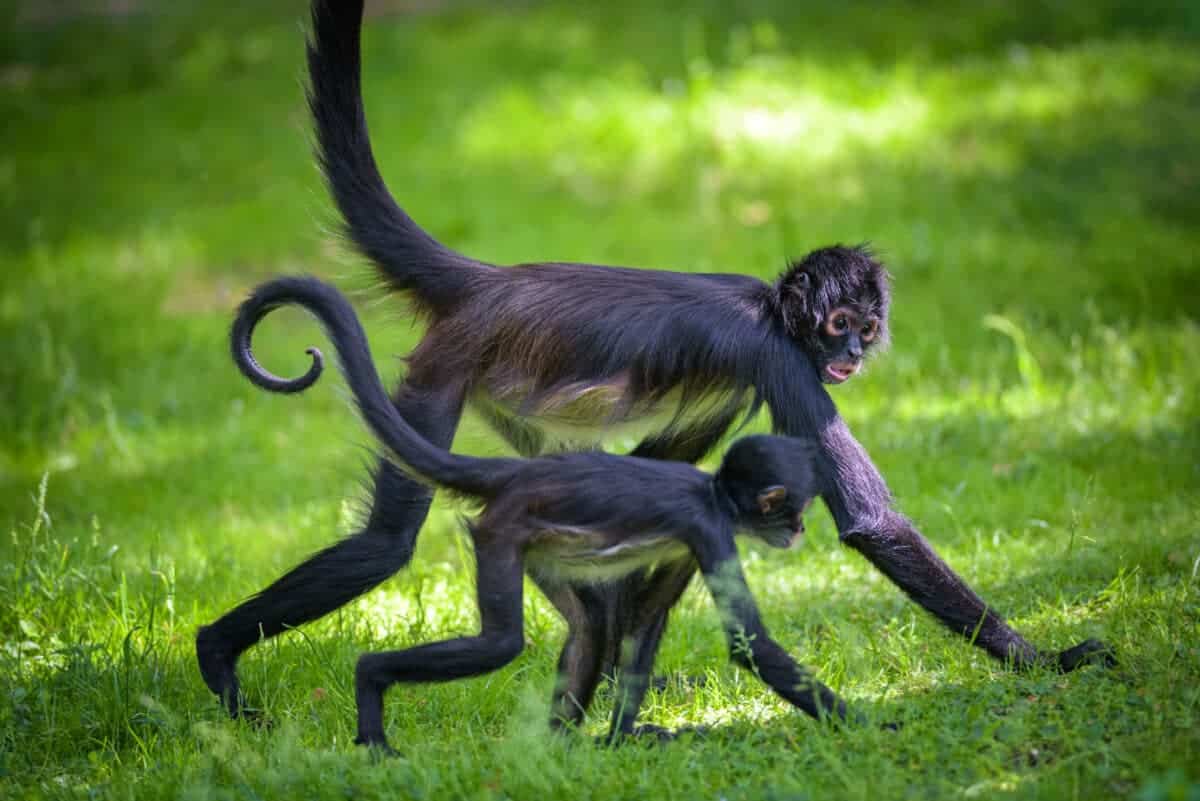Monkeys, with their animated antics and curious intelligence, grace our planet in an array of species, each uniquely adapted to its environment. As we explore the world of monkeys, we’ll delve into their varied diets, predators, habitats, and the astonishing physical abilities that make them some of the most captivating creatures on Earth.
1. Capuchin Monkeys (Cebinae):
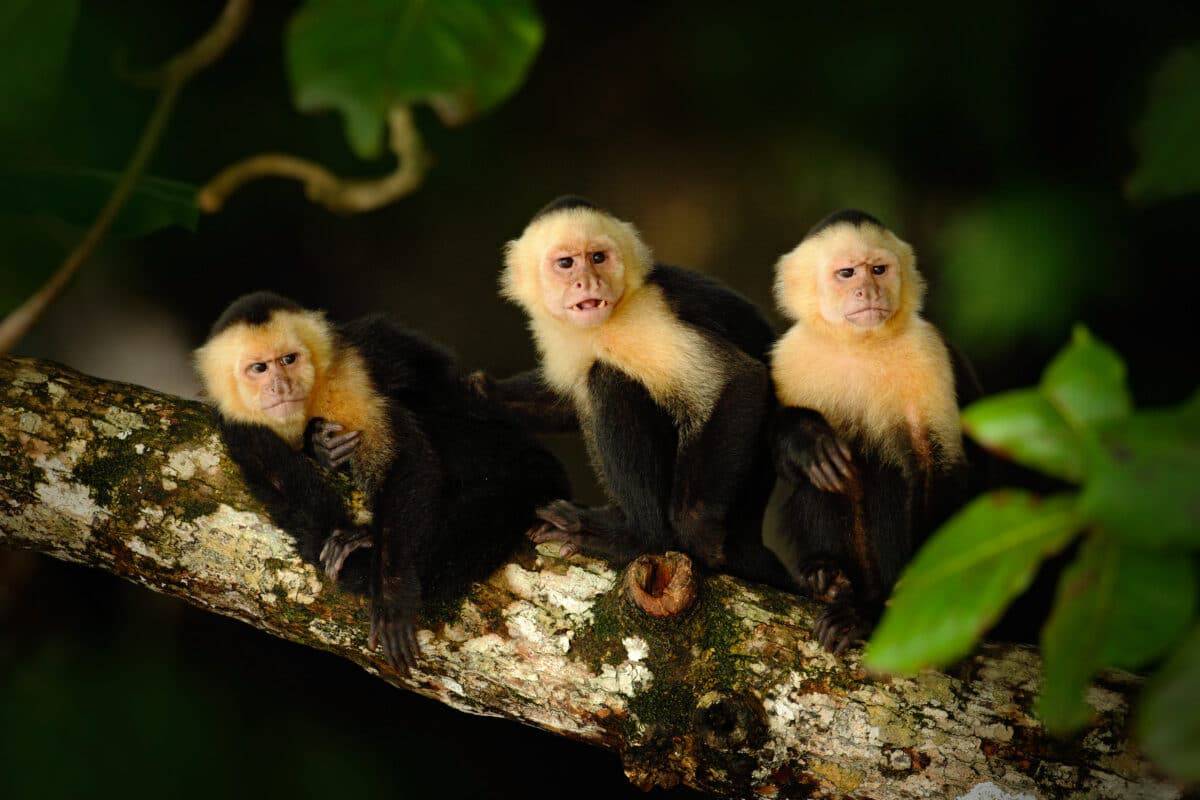
Capuchin monkeys, renowned for their expressive faces and prehensile tails, inhabit the dense forests of Central and South America. These omnivores enjoy a diverse diet comprising fruits, nuts, insects, and small vertebrates. With their nimble fingers, they showcase remarkable tool-using abilities, cracking open nuts and extracting insects from tree bark.
Living high in the trees provides capuchins with a level of safety from ground predators, such as jaguars and snakes. However, their agile lifestyle doesn’t make them immune to aerial threats. Harpy eagles, with their keen eyesight and powerful talons, pose a significant danger to capuchins as they navigate the canopy.
2. Proboscis Monkeys (Nasalis larvatus):
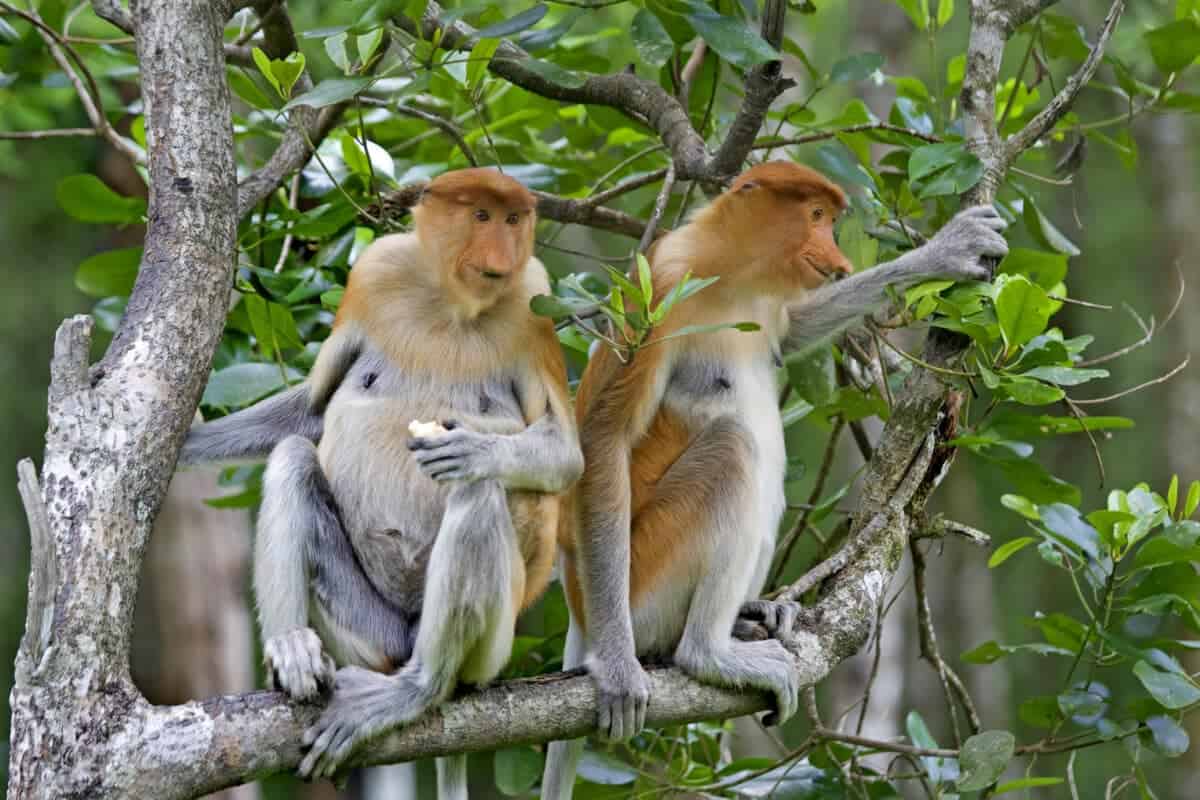
Proboscis monkeys, native to Borneo, are recognized by their distinctive long, fleshy noses and potbellies. These primarily herbivorous monkeys feed on leaves, fruits, and seeds found in mangrove forests and riverside vegetation. Living near water provides them with an escape route from their main predators, crocodiles.
Proboscis monkeys are remarkable jumpers, capable of covering significant distances between trees. Their powerful hind limbs and lengthy tails aid in balancing and propelling them through the air. This skill is not only vital for navigating their environment but also serves as a means of evading predators swiftly.
3. Howler Monkeys (Alouatta spp.):
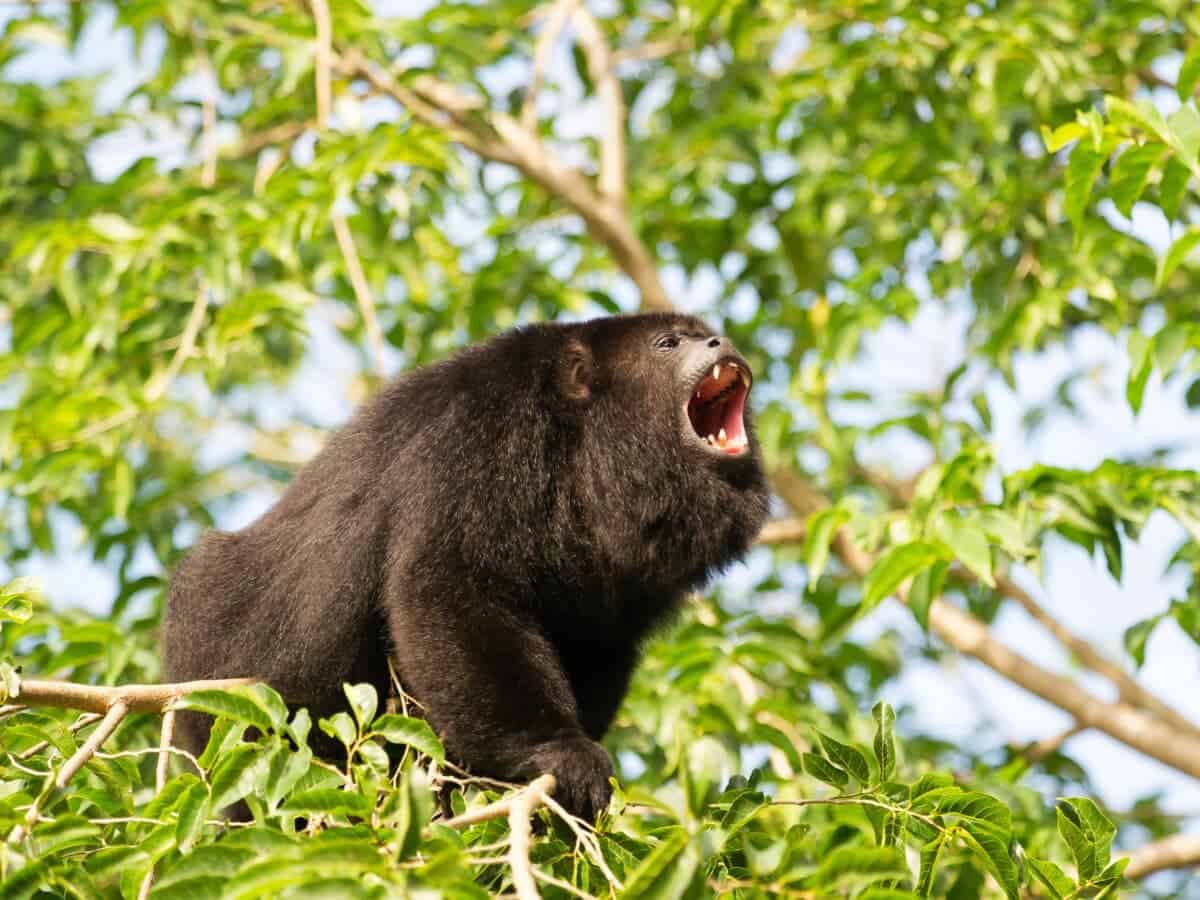
A monkey species known for their resonant vocalizations that can be heard for miles, howler monkeys inhabit the rainforests of Central and South America. Their diet consists mainly of leaves, supplemented with fruits and flowers. The fermentation process in their specialized stomachs allows them to extract nutrients from tough, fibrous plant material.
Howler monkeys, despite their robust vocal abilities, have predators to contend with. Jaguars and large birds of prey, such as harpy eagles, pose threats to their safety. Living high in the canopy provides a strategic advantage, allowing them to spot potential danger and take evasive action.
4. Spider Monkeys (Atelidae):
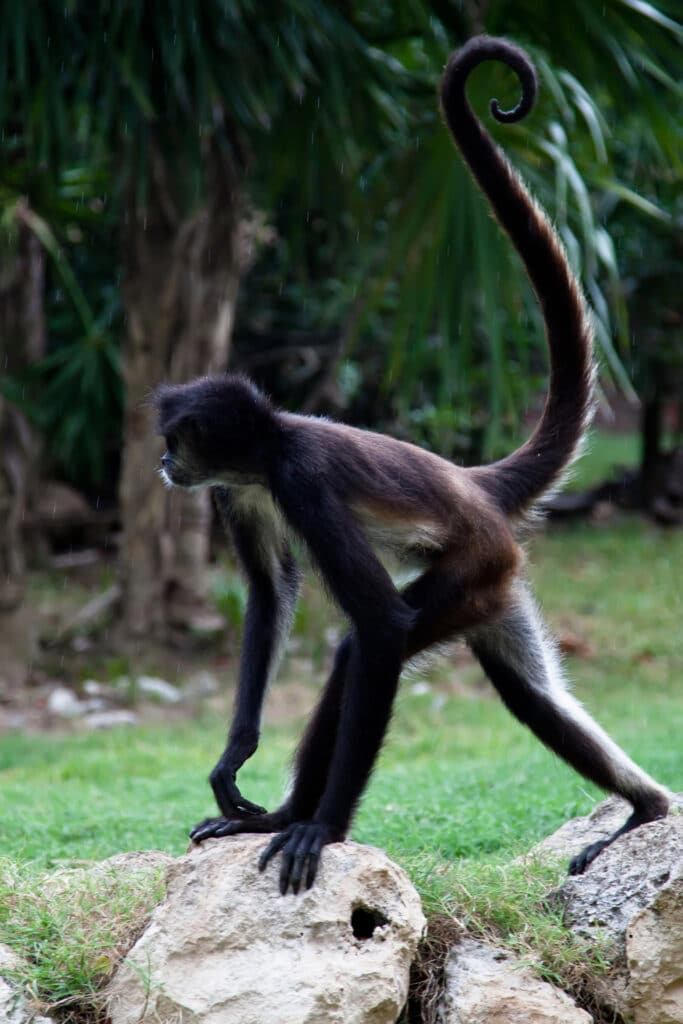
With their long limbs and prehensile tails, spider monkeys are adept at swinging from branch to branch in the dense forests of Central and South America. Their diet primarily consists of fruits, nuts, and leaves. The prehensile tail acts as an additional limb, providing stability as they traverse the treetops.
While these monkeys are agile and swift, they face predation from large cats like ocelots and jaguars. Their arboreal lifestyle minimizes ground-level encounters with predators, allowing them to exploit the abundance of resources in the canopy.
5. Mandrills (Mandrillus sphinx):
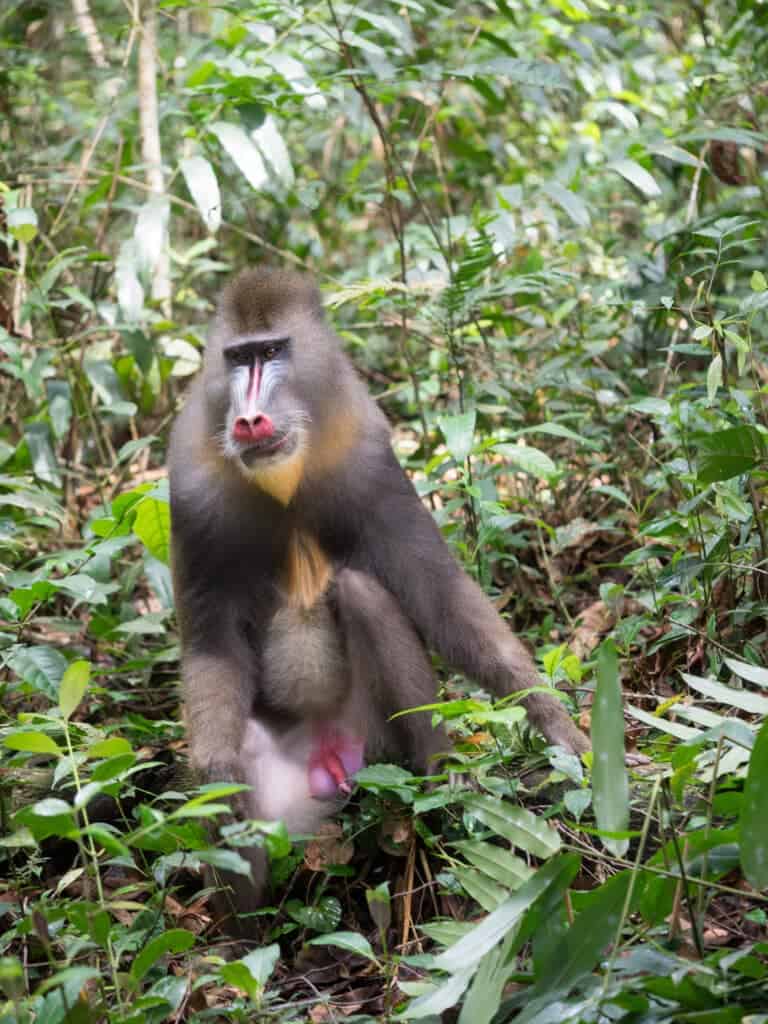
Native to the rainforests of equatorial Africa, mandrills are the largest monkeys and are recognized for their vibrant blue and red facial markings. Their diet includes fruits, seeds, insects, and small vertebrates. Living in complex social groups known as hordes, they exhibit intricate social structures.
Mandrills face threats from predators such as leopards and pythons. Their ability to leap great distances aids in escaping potential danger. Their powerful limbs and muscular bodies contribute to their prowess as both climbers and jumpers.
In conclusion, the array of monkey species showcases their resilience and versatilitiy. From the acrobatic capuchins of the Americas to the vocal howlers and agile spider monkeys, each species has found its niche in the intricate ecosystems they call home. Understanding the unique traits of these primates not only enhances our appreciation for their existence but also highlights the importance of conservation efforts to protect their habitats and ensure the continued survival of these captivating creatures.
If you enjoyed this piece, you may enjoy these:
Join our Forum for free today!

- Second American Killed by Elephant in Zambia This Year - July 22, 2024
- Elderly Man Kills Grizzly Bear in Montana - July 22, 2024
- Missing Cat Found Weeks Later, 40 Miles Away - July 21, 2024

